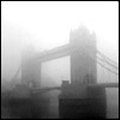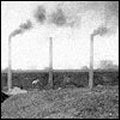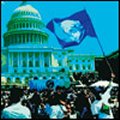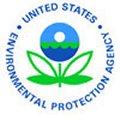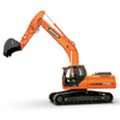To help you better understand how our industry will adopt Tier 4 and clean diesel technologies, Doosan encourages you to learn about the history of emissions reductions.
As you'll see, the path to Tier 4 began more than 60 years ago. The standards for equipment reflect an ongoing emphasis to promote human health and a sustainable environment for future generations. Several key events and milestones have led to today's efforts.
Where does Tier 4 come from?
All emissions standards, including Tier 4, are a part of a federal law named the Clean Air Act. The purpose of this law is to reduce air pollution because of its hazards to human health and the environment. The Clean Air Act is managed and regulated by a national organization known as the Environmental Protection Agency (EPA).
Why did the federal government create the EPA and pass the Clean Air Act?
In the 1940s and 1950s, several world events (see below timeline) heightened awareness of the human and environmental hazards of air pollution. Over the next two decades, Congress took several steps to create emissions standards in various industries.
What are the key dates in the emissions standards story?
 English
English

